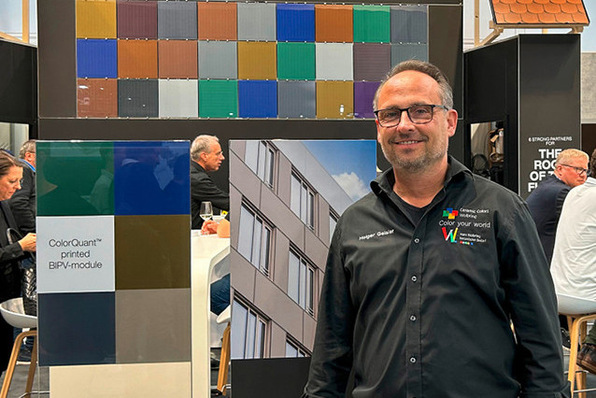Guardian Glass has published new Environmental Product Declarations (EPDs) for its flat unprocessed glass products and processed glass products produced in North America. Products covered include its range of float glass (clear, low-iron and tinted), sputter-coated glass (Guardian SunGuard™ architectural glass and Guardian ClimaGuard™ residential glass), wet coated glass, and heat-treated glass products.
See also: Guardian and Velux join up to develop tempered vacuum insulating glass
The new North America unprocessed flat glass EPD has a cradle-to-gate (A1-A3) embodied carbon value of approximately 1102 kg CO2e/ton (TRACI 2.1 Method). This new value is:
· Approx. 23% lower than National Glass Association’s 2019 EPD value of 1430 kg CO2e/ton.
· Approx. 24% lower than Guardian Glass’ 2018 EPD value of 1455 kg CO2e/ton.
The new unprocessed flat glass value will help customers meet the top 20% limit in the U.S. General Service Administration’s ‘Low Embodied Carbon Material Standard’.
Calculator tool with new features
In parallel, Guardian Glass has introduced a new feature to its current Performance Calculator tool, which allows users to calculate the embodied carbon for the glazing configurations they select. This online tool (part of Glass Analytics) enables the modelling of the thermal and optical properties of glass substrates, coatings and interlayers.
The new Performance Calculator feature provides an estimate of the embodied carbon equivalent for a wide number of glazing combinations, as it is available for most float glass and sputter-coated glass products produced by Guardian Glass in North America, South America, Europe and Africa Middle East (AME).
Also interesting: New float now operational in Luxembourg
Using the Performance Calculator, the user configures a suitable glazing make-up and can view the corresponding estimated embodied carbon equivalents for the configured glazing (only for the glass components manufactured by Guardian Glass, not for additional glass processing such as tempering, or components in the build-up such as spacers or frame). The glazing can range from monolithic glass to multiple layers of glass and coatings. Multiple glass configurations and options can be compared, allowing the user to better understand the impact of, for example, additional layers of glass or the incorporation of a high-performance coating.
Download the new EPDs
Access to Glass Analytics and the embodied carbon calculator feature is via the Resource Hub.














